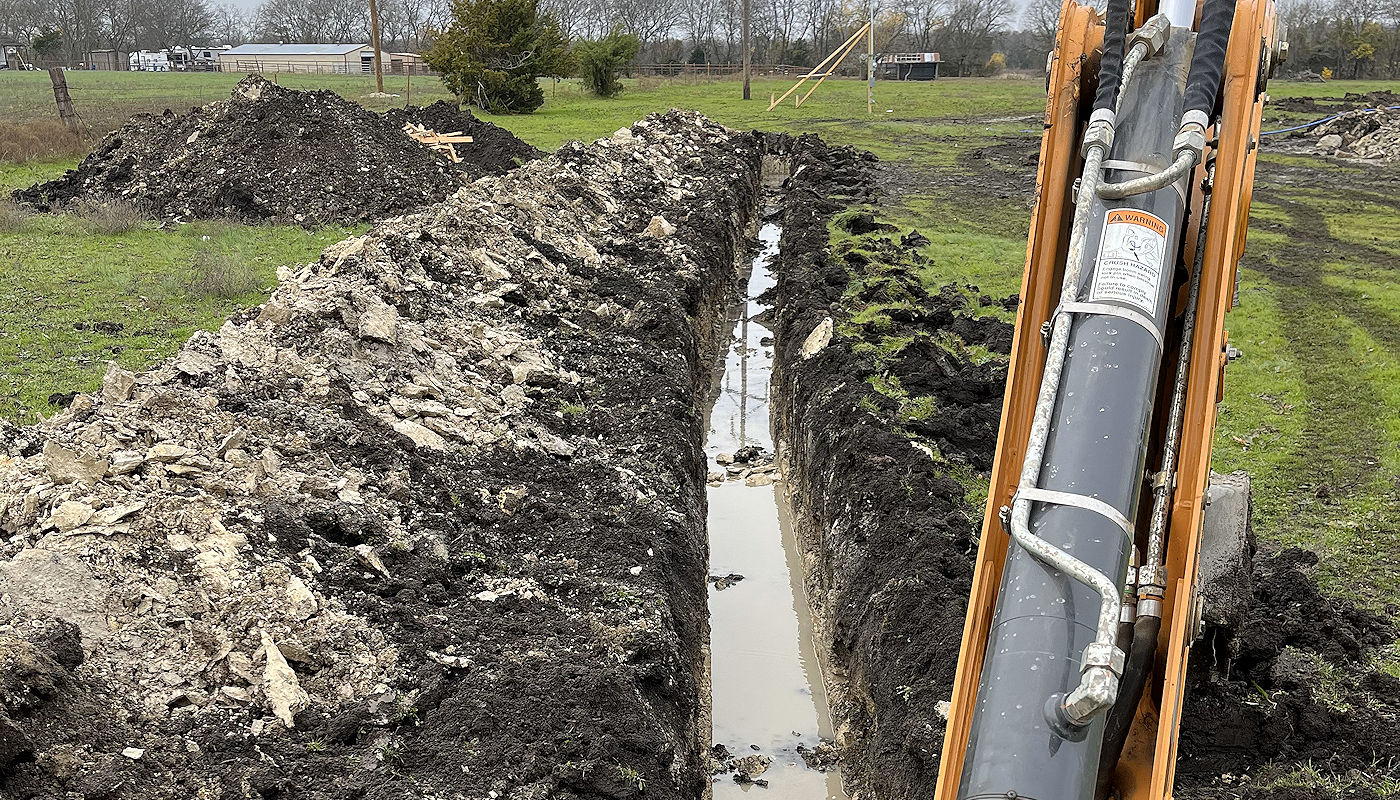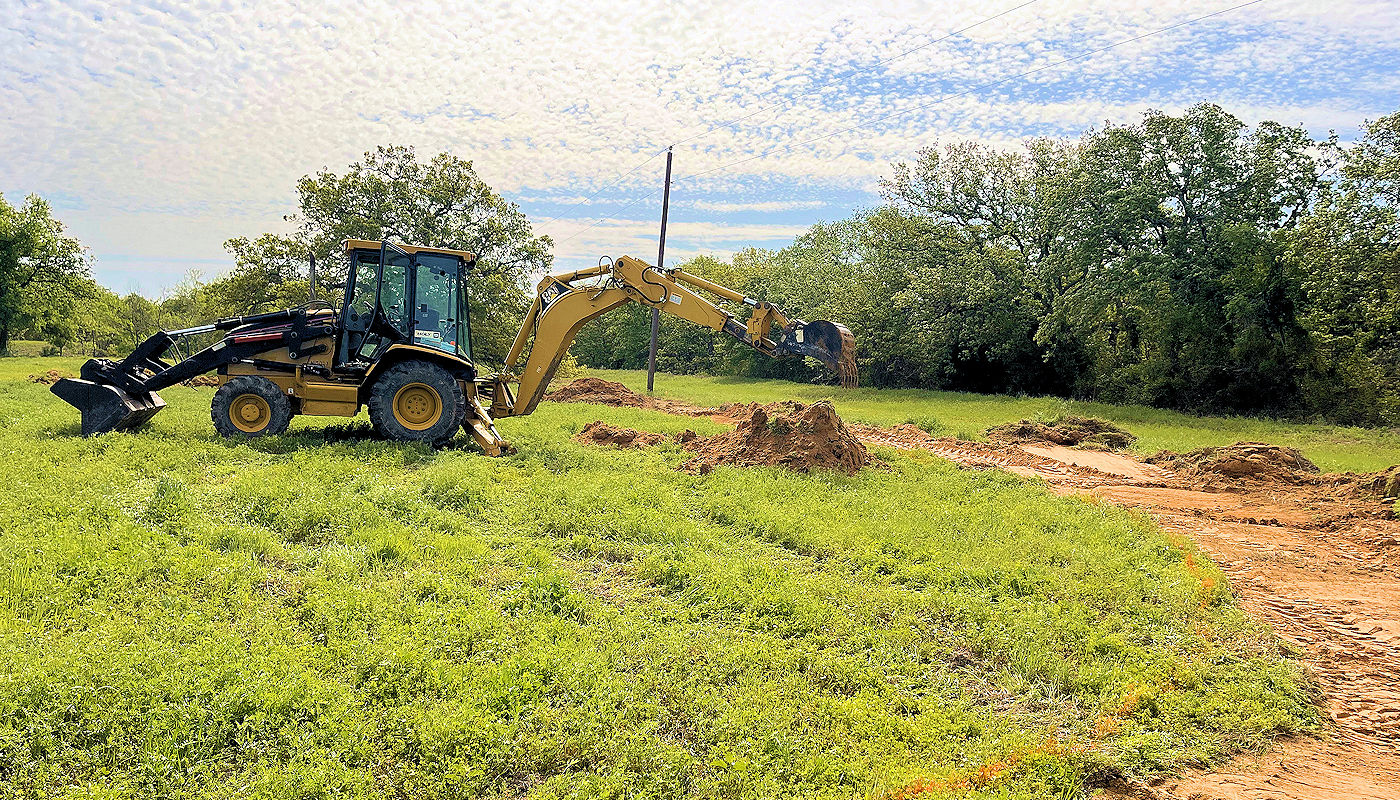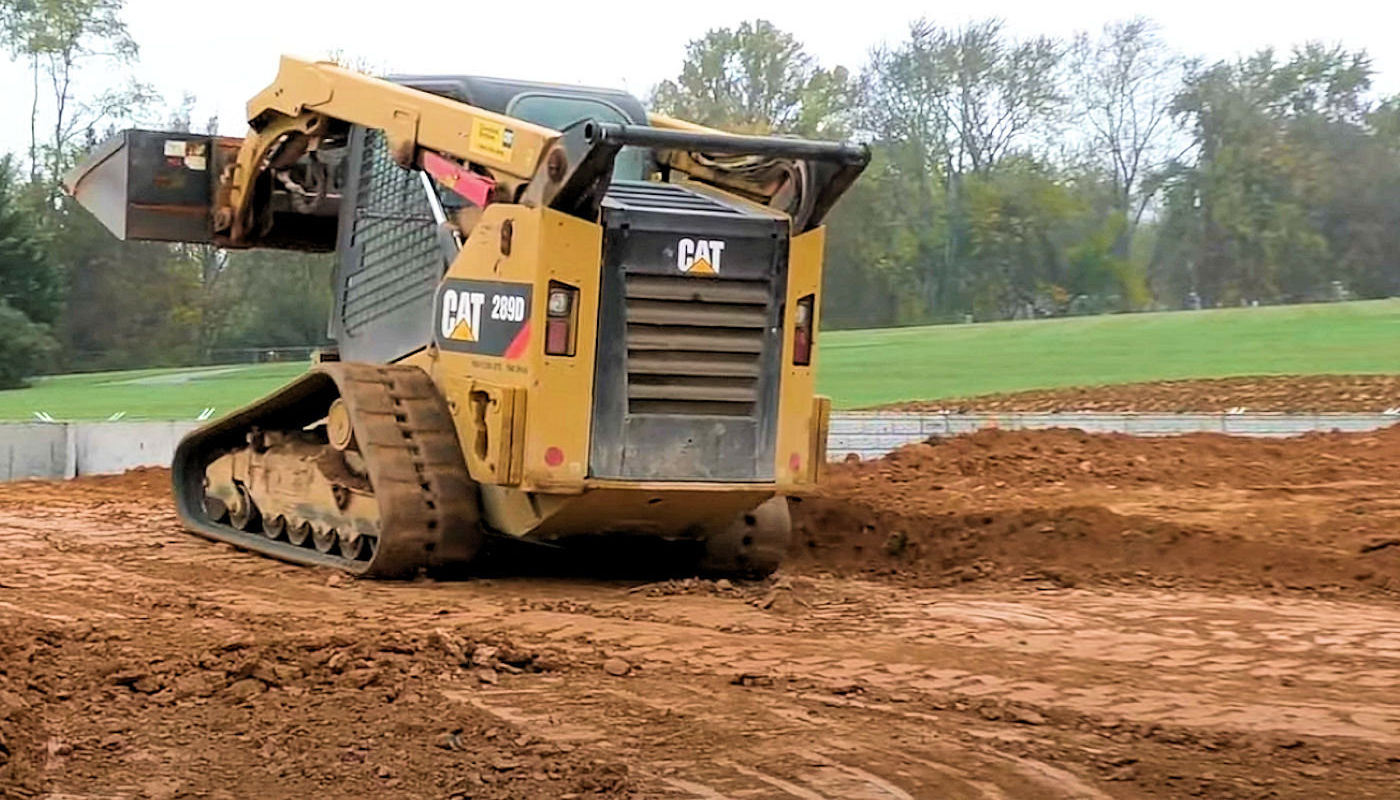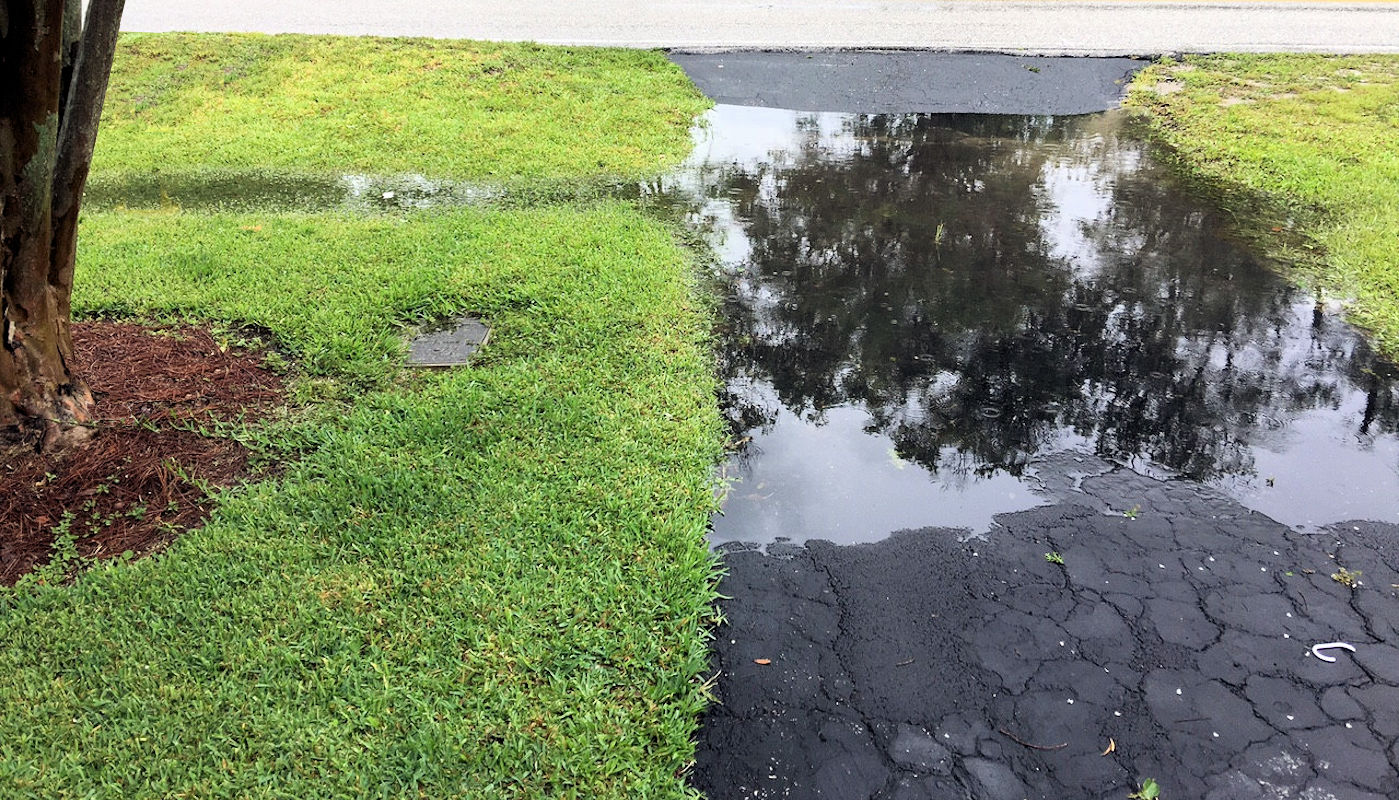

Is there a difference in building a gravel road
or a gravel drive or driveway?
Similar Materials & Construction Material for Different Purposes
Is there a difference in building a gravel road
or a gravel drive or driveway?
Similar Materials & Construction Material for Different Purposes
At Texoma Excavation and Construction, we pride ourselves on delivering top-notch gravel road and driveway solutions tailored to meet the unique needs of our clients. While gravel roads and driveways may appear similar, they differ significantly in terms of use, scope, purpose, materials, and cost. Gravel roads are longer and designed to handle heavy traffic and larger vehicles, requiring a robust foundation and thicker layers of gravel. In contrast, gravel driveways are intended for residential use, prioritizing aesthetic appeal and functionality for lighter traffic.
Understanding these differences is crucial for making informed decisions about your project. Gravel roads involve a mix of larger, angular stones for the base layer, topped with finer gravel to create a stable surface, which can be more costly due to the additional materials and labor required. On the other hand, gravel driveways typically use smaller, uniform gravel that is easier to spread and maintain, making them a cost-effective option for homeowners.
Whether you’re looking to build a gravel road of some length from a main road to a farm or agricultural site; cattle, lumber, drilling, or mining site, or a gravel driveway for residential use, understanding the differences between these types of projects is crucial for making informed decisions. At Texoma Excavation and Construction, we ensure that whether you’re building a gravel road or a driveway, you’ll receive a durable, cost-effective, and aesthetically pleasing result. For more information on our services, visit our website or contact us today.
While both gravel roads and gravel driveways use similar materials, they serve different purposes and have distinct characteristics, construction, and maintenance requirements. Understanding these differences can help you choose the right type of gravel surface for your needs, whether it’s for a long rural road or a residential driveway. By choosing the right materials, maintaining your driveway regularly, and implementing effective drainage solutions, you can ensure a long-lasting and functional gravel driveway.
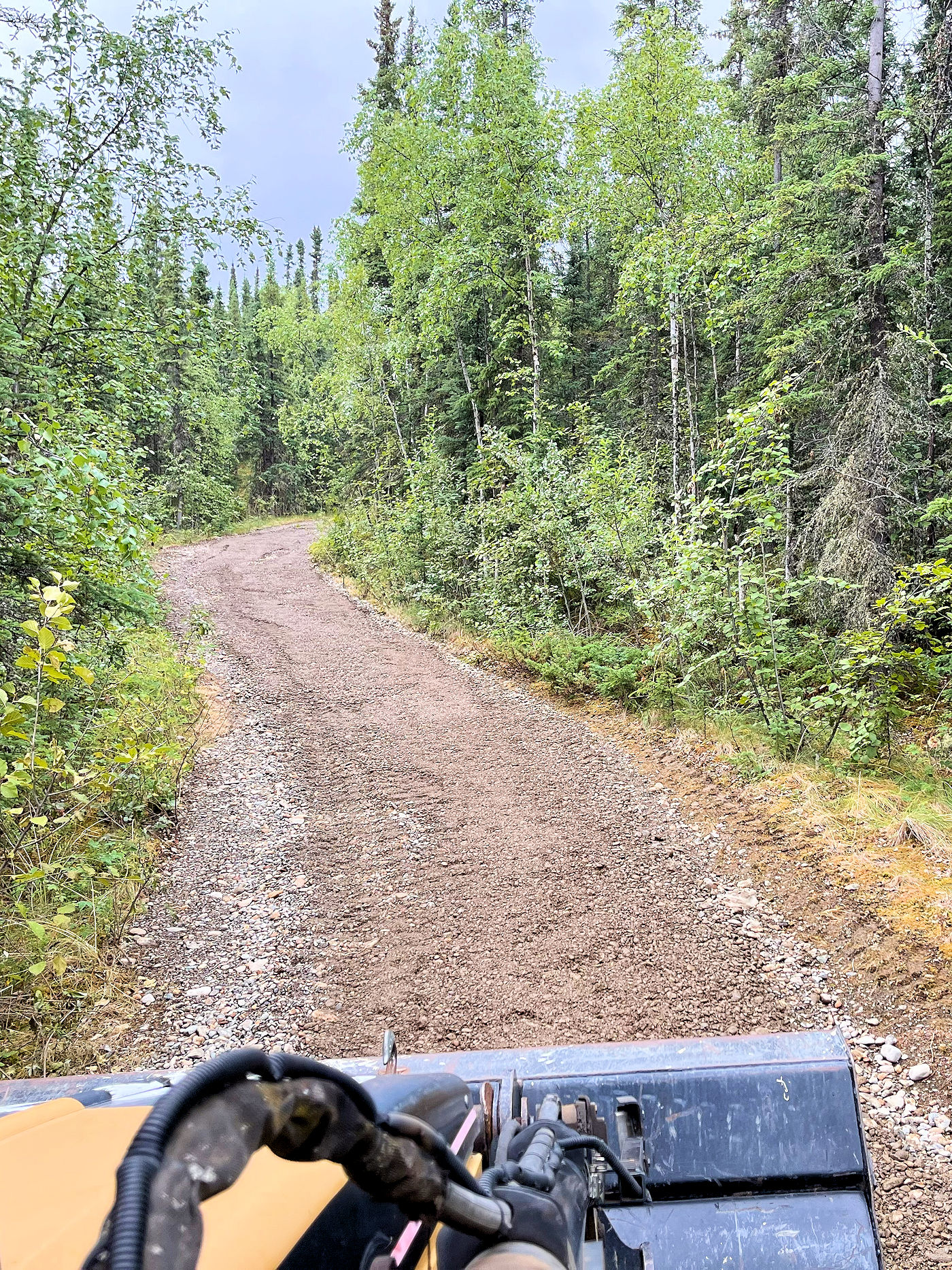
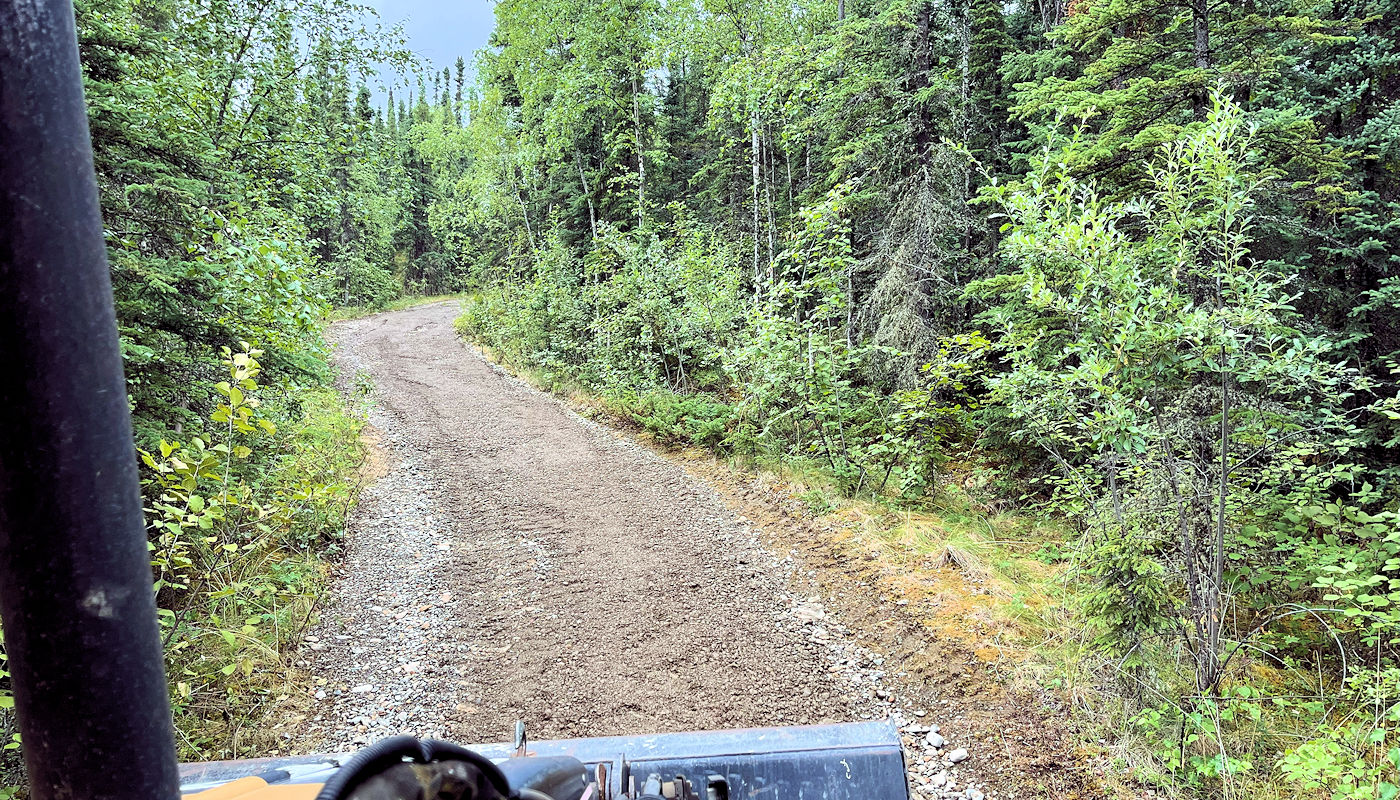
Gravel Road
Gravel Drive
Key Differences in Gravel Roads and Gravel Driveways
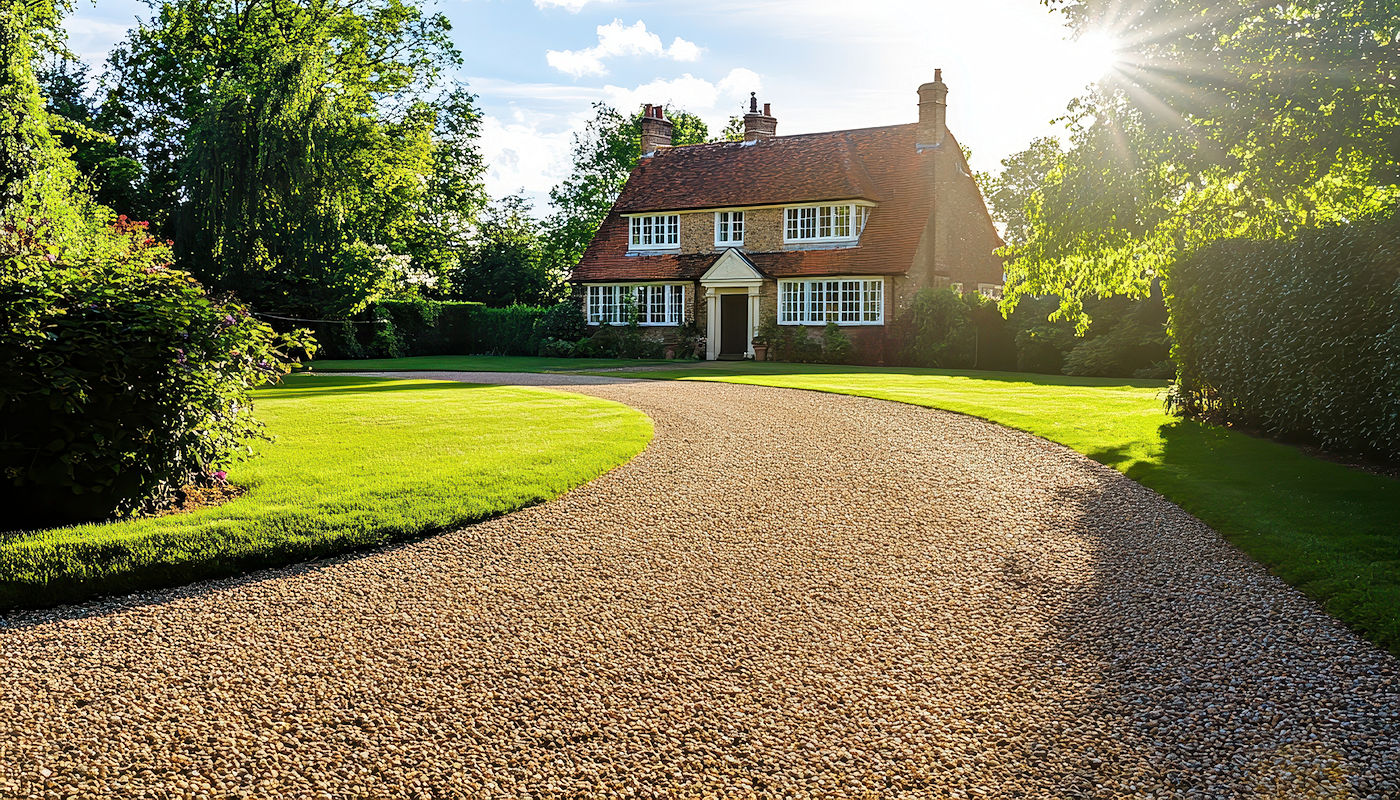
Best Materials for a Gravel Driveway
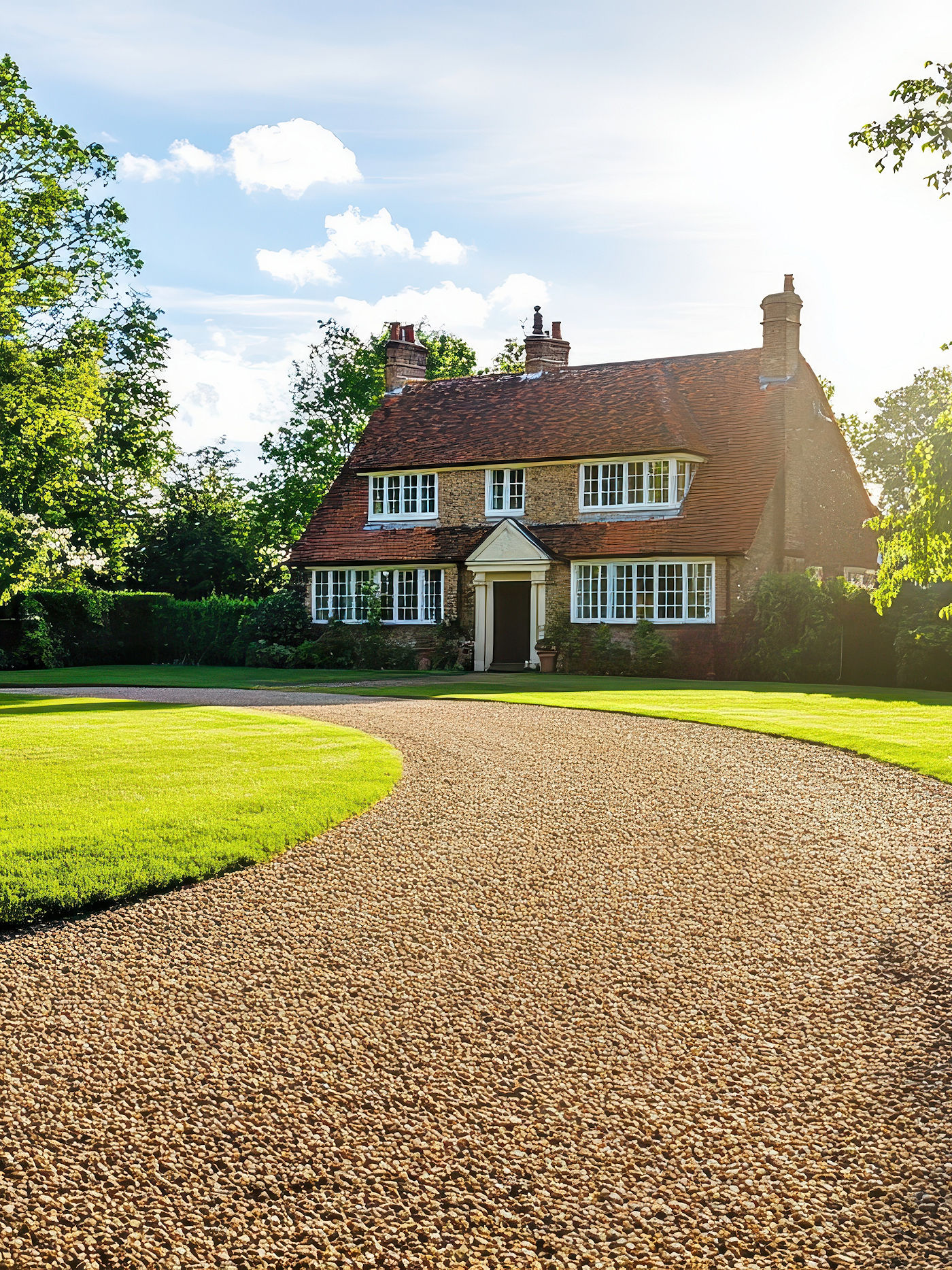
Preferred Aggregate Sizes and Types
Different sizes and types of aggregate stones are preferred for specific reasons:

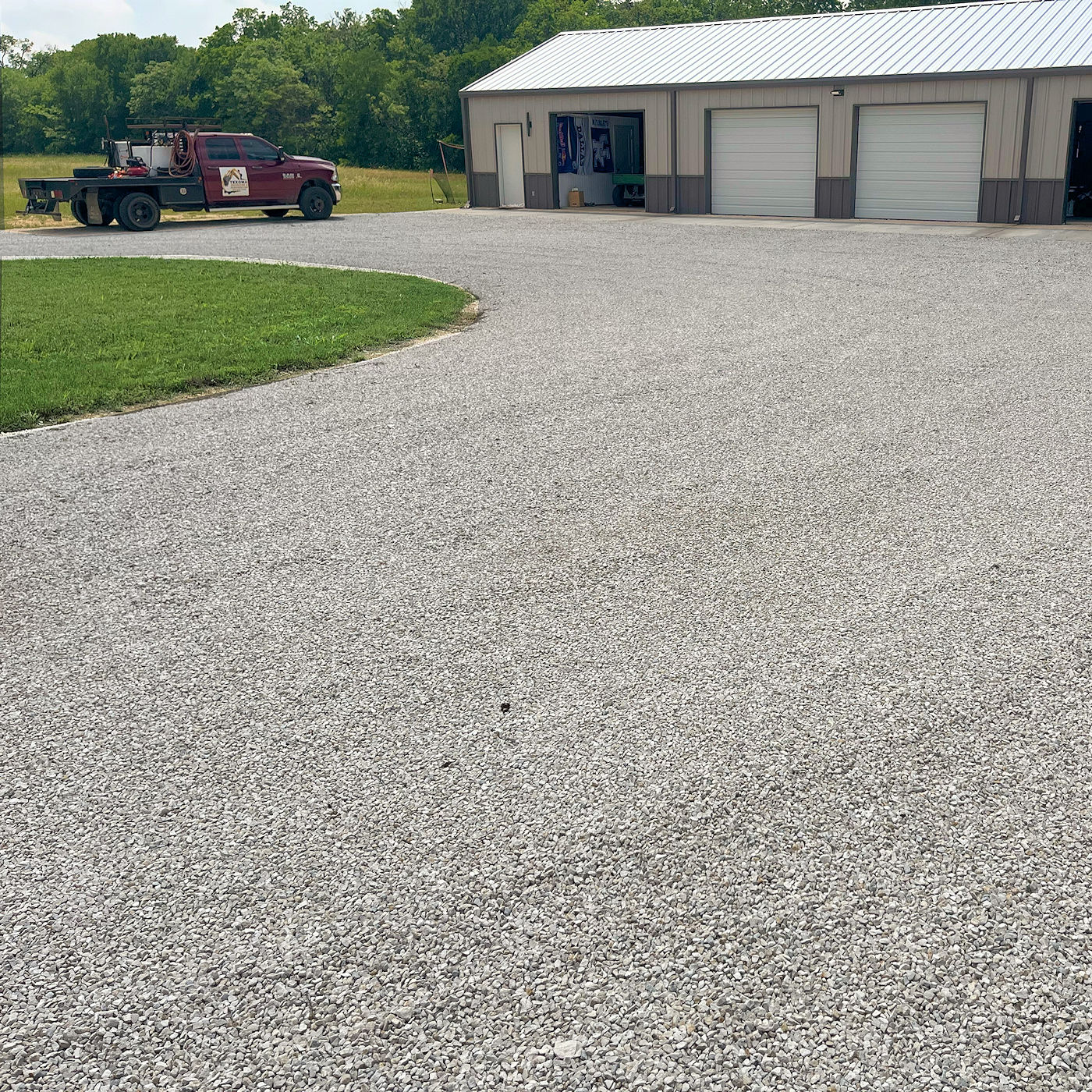
Effective Maintenance of a Gravel Driveway
To maintain your gravel driveway effectively:
Drainage Options for Gravel Driveways
Proper drainage is essential to prevent water damage and maintain the integrity of your driveway. Here are some effective drainage options:
Resources
Past Excavation Projects
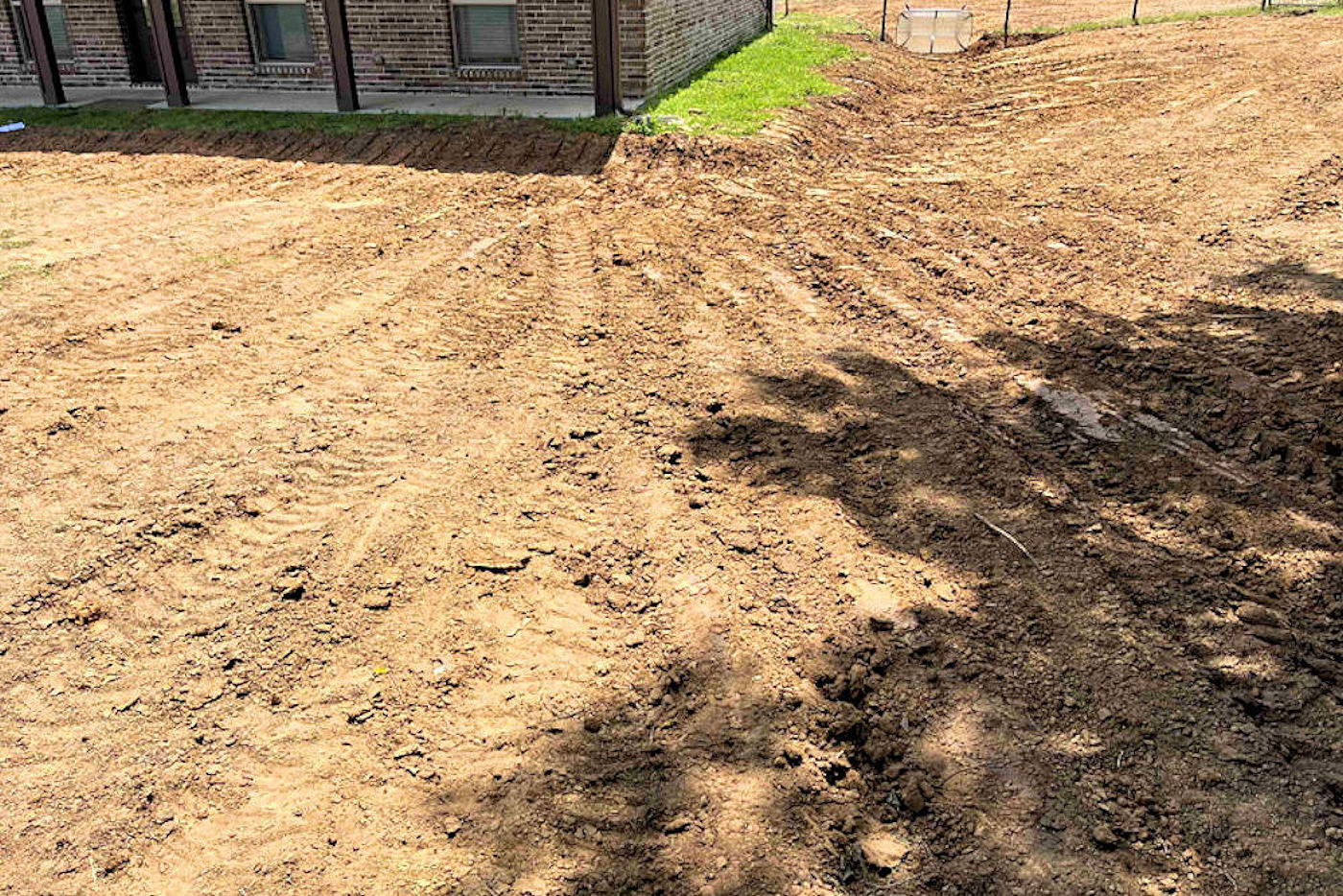
The above image shows Texoma Excavation & Construction digging a new power supply ditch and tying into the existing live power supply near Melissa, Texas. The paver stones were salvaged to be replaced. All the PVC, electrical conduit, phone lines, and small electrical lines that were destroyed were anticipated.

Pond building is a complex process that requires careful planning and execution. After all the planning, the first construction step is excavation of the area where the pond will be located. The pond excavation work shown above was near Montague, Texas. When this pond is full, it will be 7′ 2″ deep at its deepest point.
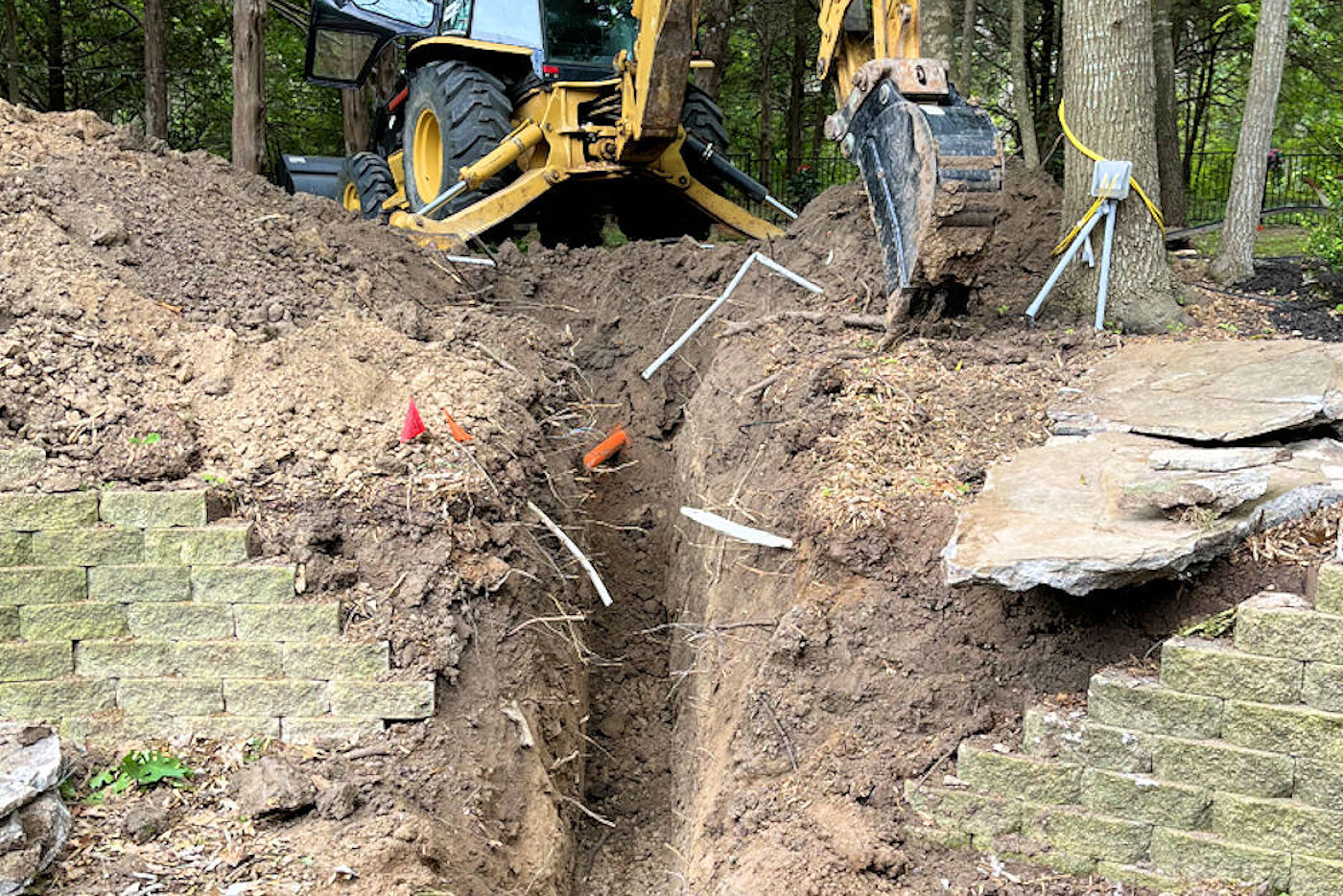
Residential drainage excavation work done near Denison, Texas. This client had some significant drainage problems during periods of high-volume runoff and tried to excavate a ditch to channel water away from his house. We were hired to polish the existing ditch and spread some grass seed.


